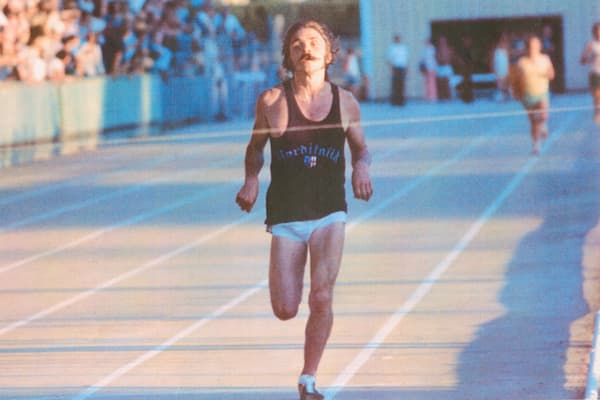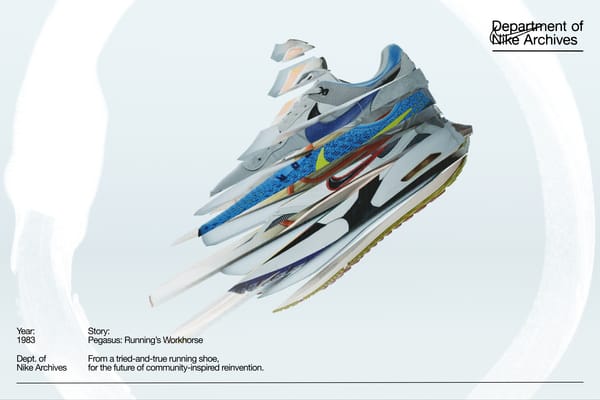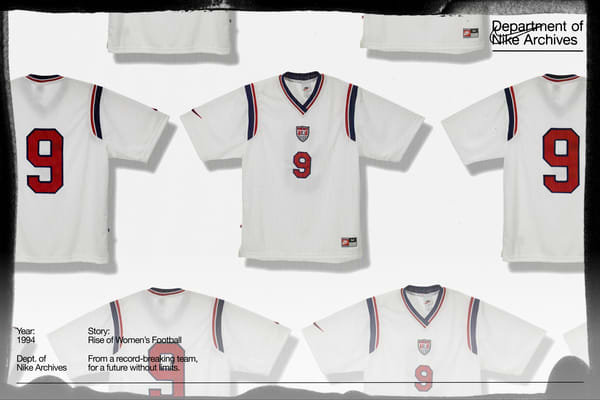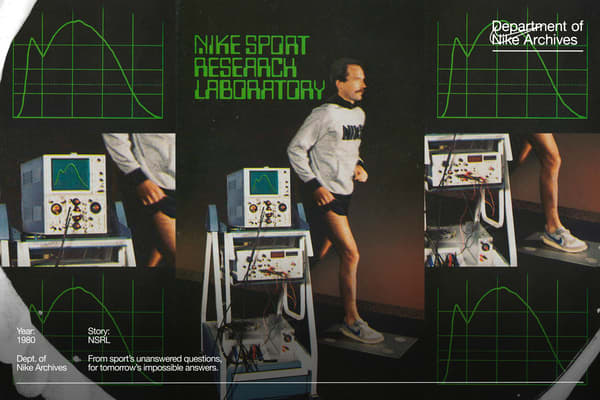Never Done Making Moves
Department of Nike Archives
The Mercurial created a new era of football, where “fast” is more than a player attribute, it’s a lifestyle.
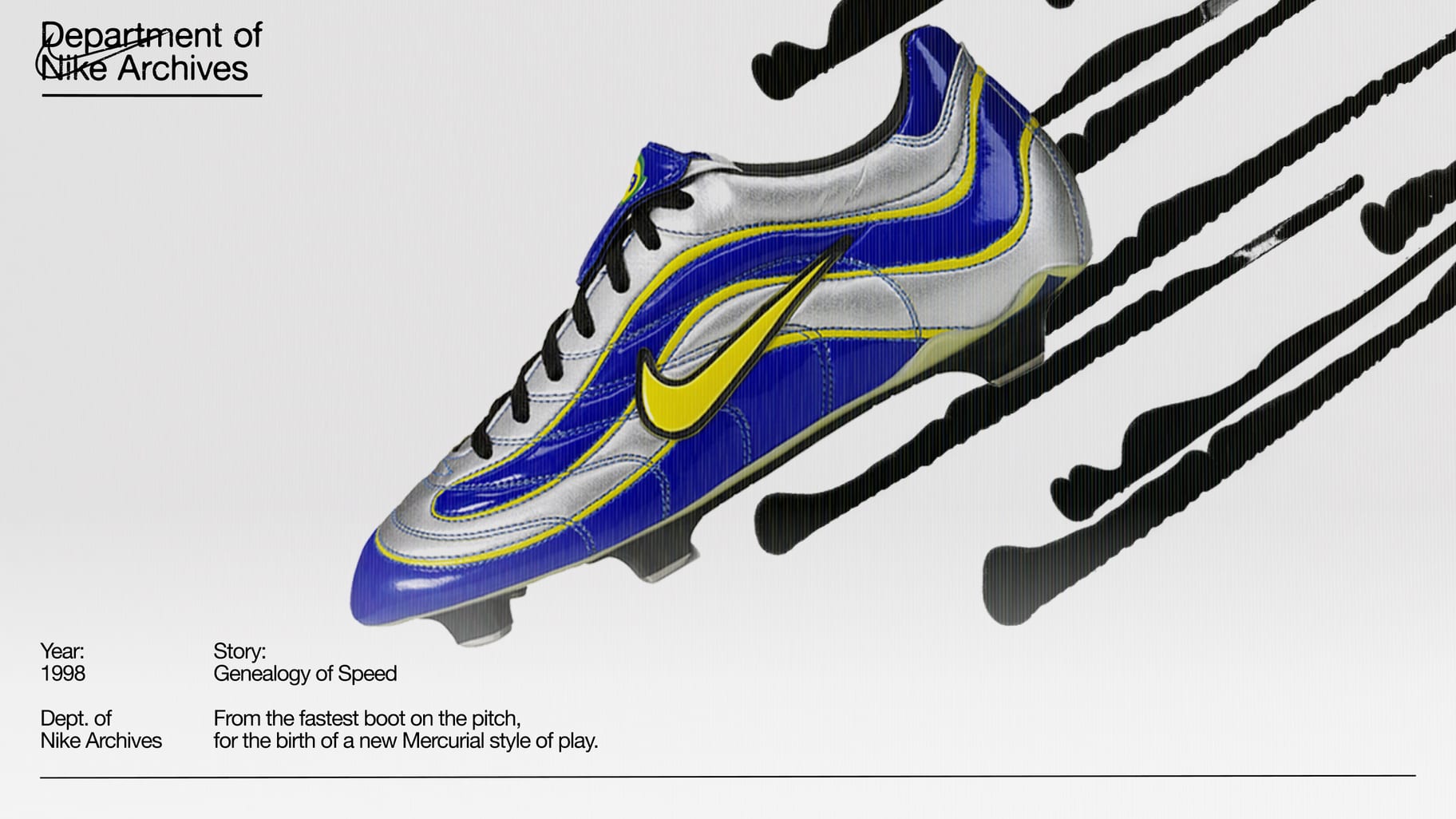
In the weeks before Brazil stepped onto the Stade de France pitch in 1998 for football’s biggest tournament final, their star 21-year-old striker Ronaldo Nazário (R9) debuted a pair of silver, blue, and yellow boots that had never before been seen in the sport: the Mercurial. With its extremely lightweight feel and striking national team colorway, the shoe, like the player it was designed for, was about to revolutionize the game.
The Merc was a revolution for Nike. Before the Mercurial, boots were heavy, unwieldy. Designer Peter Hudson, who designed the 2002 Mercurial Vapor, would go on to compare the boots available at the time to “farm equipment.” The Merc was something lighter, sleeker, faster, taking design cues from racing cars instead of sport equipment.
The name “Mercurial” came from Greek mythology, a subject the boot’s creators looked to for inspiration. They considered the name “Ultravelox” at first, before lightning struck former creative writing major Tim Smith one day on the commute home from work. “Mercurial” popped into his mind, and immediately he was taken with it.
“One of the definitions is ‘quickly changing in nature,’ which is perfect, because if you look at Ronaldo, he’s walking around, waiting for the right moment to strike.” Smith said. “And then when he strikes, he’s a different player. He has uncanny acceleration.”
Known for his breakneck speed and aggression toward the goal, R9 personified the Merc. He not only brought skill and swagger to the pitch, he became the living embodiment of Mercurial, wearing the line constantly and testing prototypes with Nike directly.
“We made a shoe that was so different to what anybody had ever seen before, and it was absolutely fantastic. …That was when we showed the world we’re not just in the game—we’re taking it to a different place.”
— Dave Daly, former Nike Soccer leader
“We made a shoe that was so different to what anybody had ever seen before, and it was absolutely fantastic. …That was when we showed the world we’re not just in the game—we’re taking it to a different place.”
— Dave Daly, former Nike Soccer leader

Like many of our products, the Merc’s design was rooted in athlete insight. In the 1990s, we signed Italy’s and Brazil’s national football teams to a sponsorship deal. And because we were working with the best players in the world, we knew we had to develop footwear that could keep up with them. And that story began with R9. We started crafting a shoe designed specifically for Brazil’s emerging star at the time, aptly dubbed O Fenômeno.
Nike Soccer worked with Advanced Product Engineering—a precursor to Nike’s Innovation Kitchen—to gather insights from elite under-17 teams for the project. The result was a colorful boot engineered for speed with a lightweight feel and stainless steel studs. The Merc featured synthetic leather, the first appearance of the material in a high profile shoe. The use of synthetic leather unlocked the color possibilities of the boot, while also ensuring speed, flexibility and a lightweight build.
The Merc raised the bar for how a soccer boot could look, feel and move. As we look back on our history, we're reflecting on the Merc's legacy and how it fits into the future of our product engineering. Like R9, we're moving toward new heights with speed and purpose, taking product insight directly from athletes to push performance to the next level.

